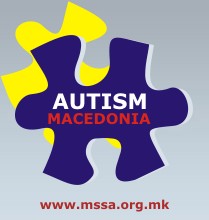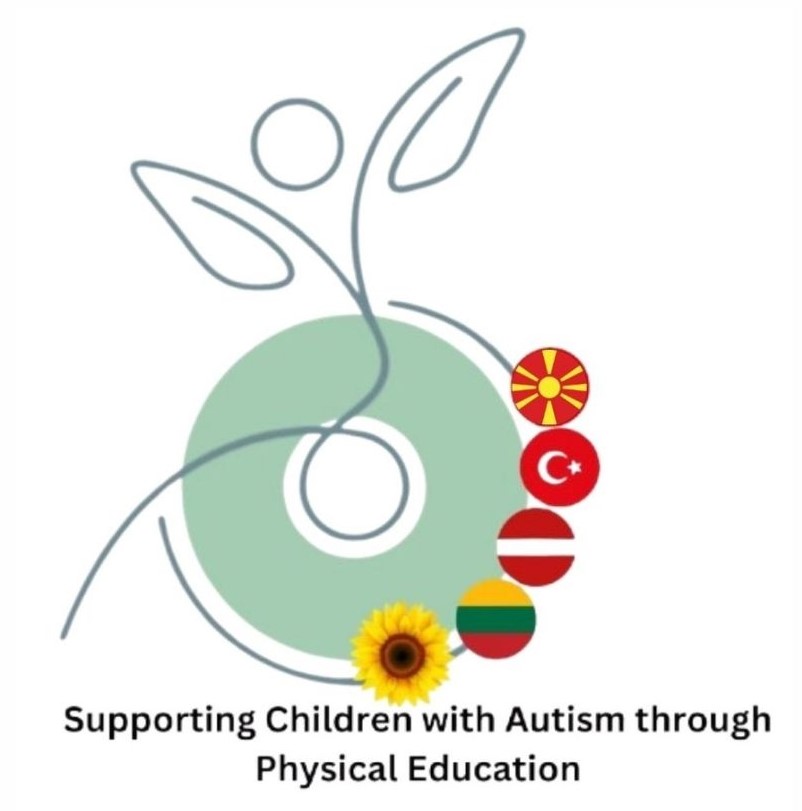DSM – IV Diagnostic Criteria For Autistic Disorder
a. marked impairment in the use of multiple nonverbal behaviours such as eye-to-eye gaze, facial expression, body postures, and gestures, to regulate social interaction.
b. failure to develop peer relationships appropriate to developmental level.
c. a lack of spontaneous seeking to share enjoyment, interests or achievments with other people eg: by a lack of showing, bringing or pointing out objects of interest.
d. lack of social or emotional reciprocity.
2. Qualitative impairments in communication as manifested by at least one of the following:
a. delay in, or total lack of, the development of spoken language not accompanied by an attempt to compensate through alternative modes of communication such as gesture or mime.
b. in individuals with adequate speech, marked impairment in the ability to initiate or sustain a conversation with others.
c. lack of varied, spontaneous, make-believe play or social imitative play appropriate to developmental level.
3. Restricted, repetitive and stereotyped patterns of behaviour, interests and activities, as manifested by at least one of the following:
a. encompassing preoccupation with one or more stereotyped and restricted patterns of interest that is abnormal either in intensity or focus.
b. apparently inflexible adherence to specific nonfunctional routines or rituals.
c. stereotyped and repetitive motor mannerisms eg: hand or finger flapping or twisting, or complex whole-body movements.
d. persistent preoccupation with parts of objects.
B. Delays or abnormal functioning in at least one of the following areas, with onset prior to age 3 years:
1. social interaction
2. language as used in social communication
3. symbolic or imaginative play.
C. The disturbance is not better accounted for by Rett’s Disorder or Childhood Disintegrative Disorder.

 Македонски
Македонски





























 Users Today : 244
Users Today : 244 This Month : 10355
This Month : 10355 Total Users : 1755446
Total Users : 1755446 Views Today : 530
Views Today : 530 Total views : 6441028
Total views : 6441028